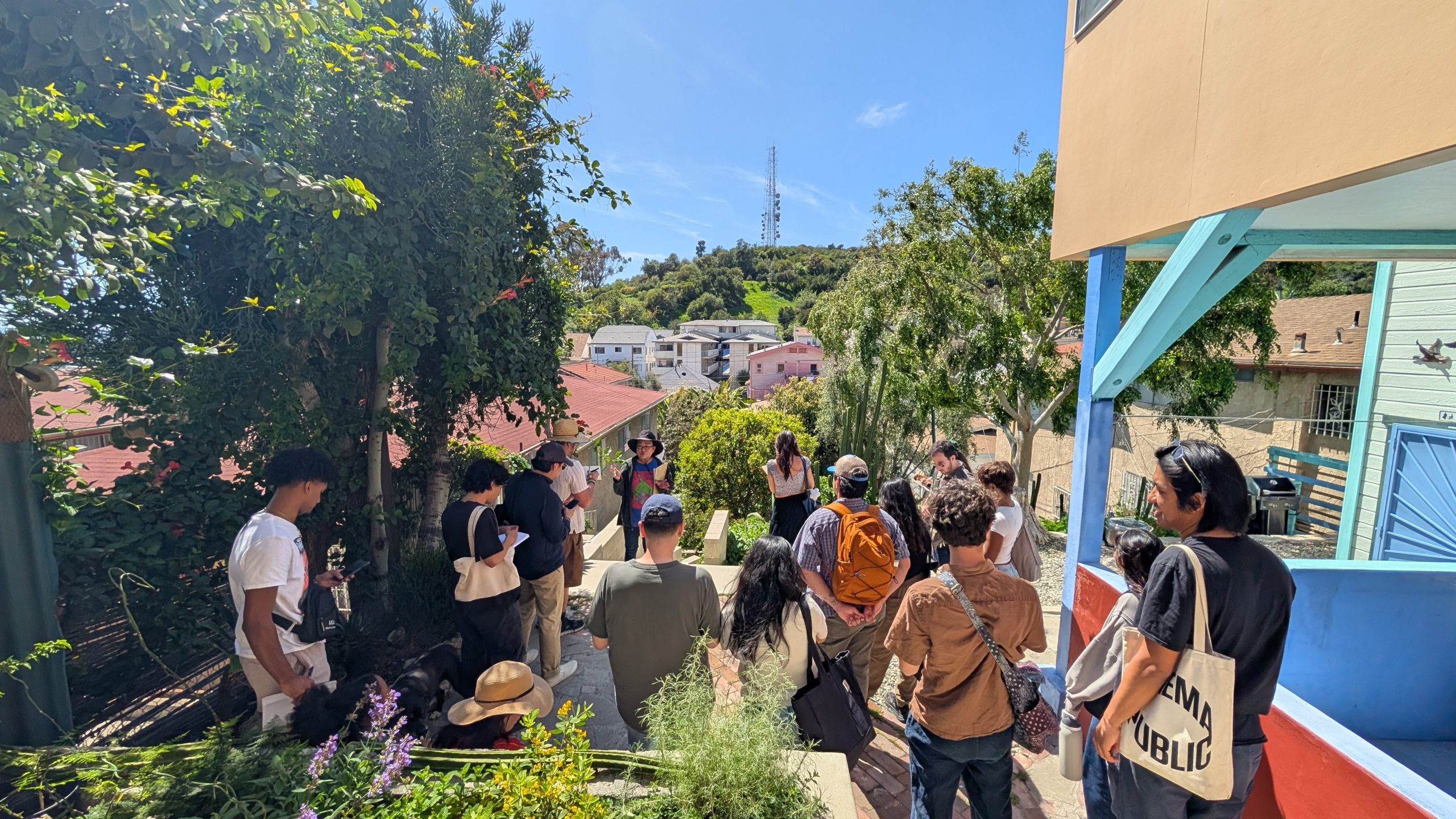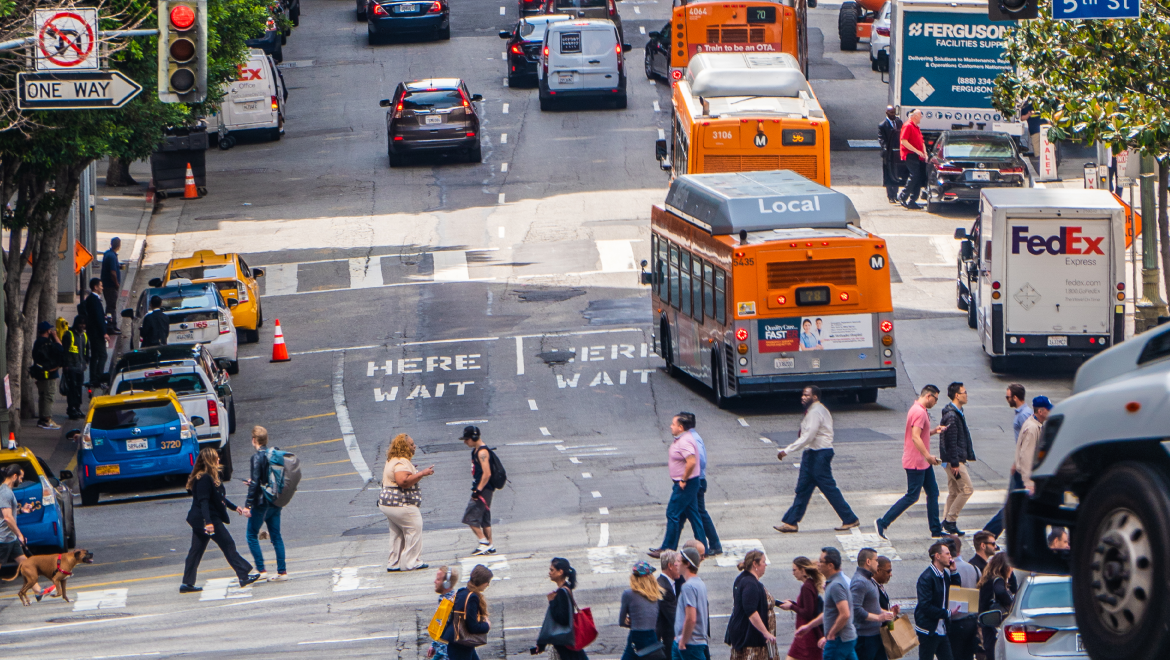
L.A. housing and the pandemic
COVID-19 spotlights city’s housing crisis and resources to address it
COVID-19 did not create the housing crisis in Los Angeles. But it has exacerbated already existing faults in the region’s affordable housing stock and added new urgency to efforts to keep all Angelenos housed.
Statewide shelter-in-place orders have closed thousands of businesses and kept millions of people at home. Los Angeles recently reported a 24-percent unemployment rate, reflecting economic conditions not seen since the Great Depression. This has caused unprecedented instability for many households. Even before the pandemic, many LA residents were already a paycheck away from being able to afford rent.
A 2019 report by Freddie Mac found that the Los Angeles metropolitan region ranked third in most rent-burdened households in the country. Last year, a separate report estimated that Los Angeles County would need more than 500,000 affordable housing units to bridge the gap between existing supply and demand.
To provide some relief to tenants, the Los Angeles County Board of Supervisors and mayors of most cities in the county have enacted eviction moratoriums and rent freezes. These protections attempt to prevent a deluge of evictions and, therefore, protect tenants from housing hardship due to COVID-19-related financial losses.
Similarly, for homeowners, Gov. Gavin Newson negotiated a promise from four of the five largest financial institutions to waive mortgage payments for at least 90 days for households financially affected by COVID-19.
Despite these efforts, many tenants are still struggling. And they have mobilized to demand relief for themselves and their neighbors. In LA, the Los Angeles Tenants Union published a list of demands — including an immediate suspension of rent collection, providing 24/7 access to toilets and washrooms to unhoused residents, guaranteed free utilities for the duration of the crisis, and universal basic income — to city and state leaders to keep residents housed during the crisis and issued a call for its members to join a citywide rent strike.
Additional affordable housing would go a long way in fighting the spread of COVID-19. LA has some of the nation’s most overcrowded neighborhoods, typically in low-income Black and Latino communities. Even health officials acknowledge how difficult it is to contain the spread of the disease when residents live in overcrowded conditions. Under county guidelines, infected individuals must self-isolate, remove themselves from others in their house, ideally using a separate room and bathroom. Spatial separation is a luxury not afforded to people who are already cramped inside their apartments and houses due to high rents.
The importance of keeping people housed is especially urgent during a pandemic.
LA County already has a massive unhoused population of 49,000 people, many of whom are unsheltered and insufficiently served by bathroom and hand-washing facilities. This problem has been exacerbated by the closing of libraries and other public spaces that offered daytime facilities. Some unhoused people are forced into crowded shelters, many of which have become COVID-19 hotspots.
Especially vulnerable to housing stability are long-term tenants of rent-stabilized housing, who have lived in their units for more than 10 years and pay rents far below market-rate. These tenants — among the poorest households in the county and with a median age of 68 — if evicted, are more likely to become unhoused and face immense hardship in paying today’s market-rate rents.
Unhoused people are especially vulnerable to complications brought by COVID-19. People with respiratory diseases and over age 50 are overrepresented in unhoused populations, conditions that have been identified as high-risk factors for COVID-19 mortality. Moreover, unhoused people in their 50s are more likely to have geriatric conditions more commonly associated with people in their 70s, 80s, and 90s.
In response, the Los Angeles Homeless Services Authority enacted a number of programs to assist unhoused people. This includes Project Roomkey, which provides funding to temporarily shelter in hotel rooms for vulnerable unhoused residents who are immuno-compromised or over the age of 65. However, while the county aimed to lease 15,000 rooms, only 3,200 have been secured and 1,900 have been occupied as of May 15.
COVID-19 continues to force us to confront acute shortcomings in our housing market, affordable housing policy, and support of the unhoused. It also has activated incredible grassroots-based power through tenant unions and mobilized resources for unhoused populations that previously appeared out of reach. The pandemic has forced us to take action on many fronts, but the success of our city’s recovery efforts must include safe and affordable housing for all its residents— including our most vulnerable.
Further Reading
For more information and resources, check out the Housing Initiative and related publications.



